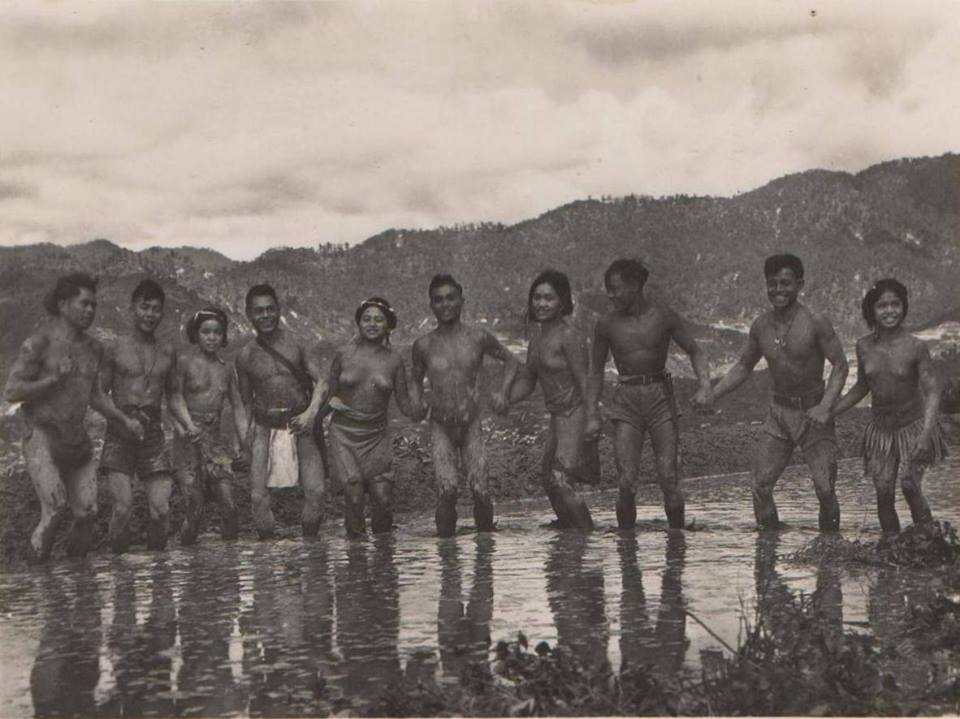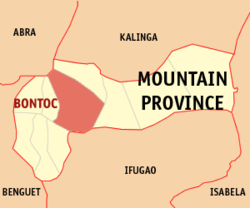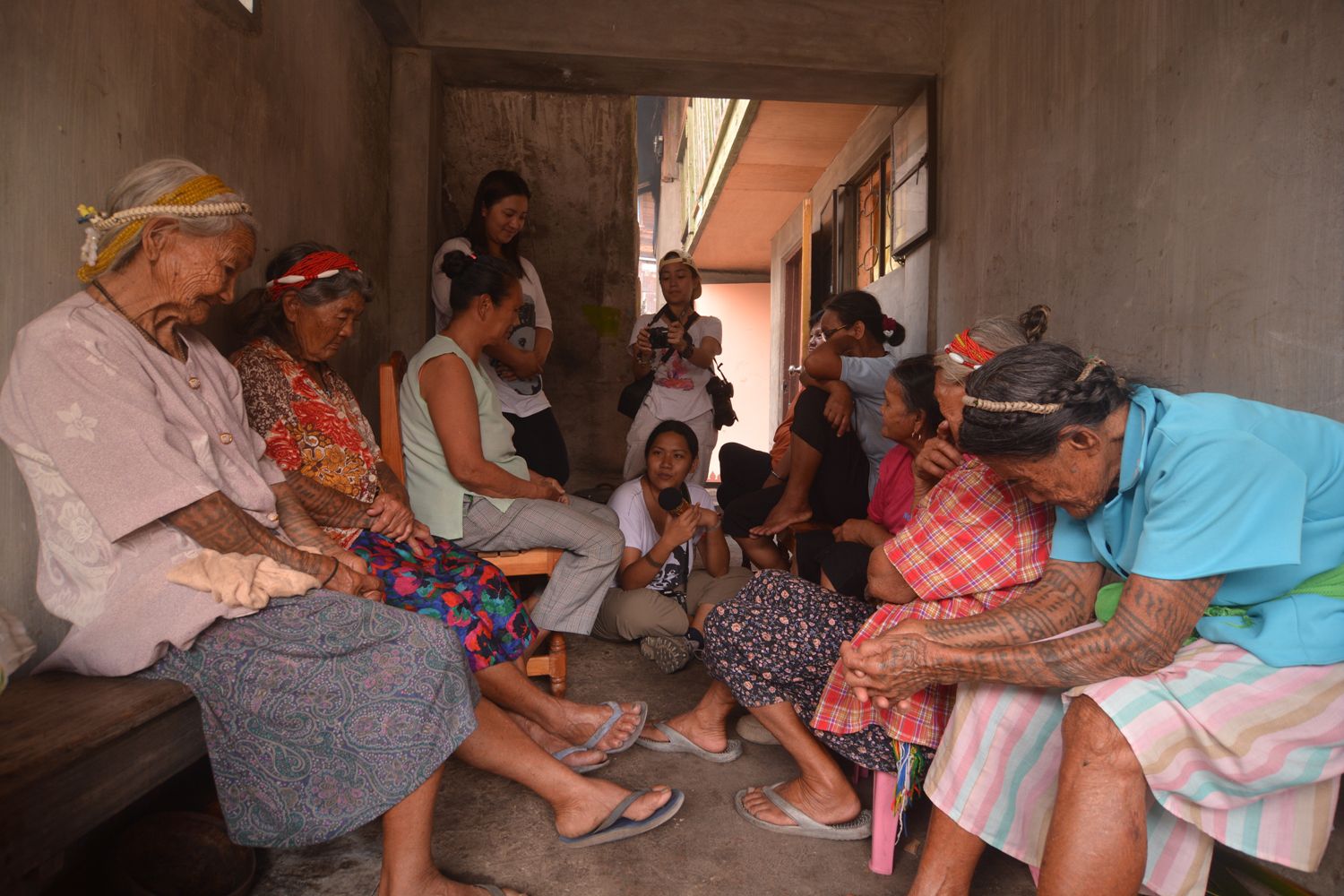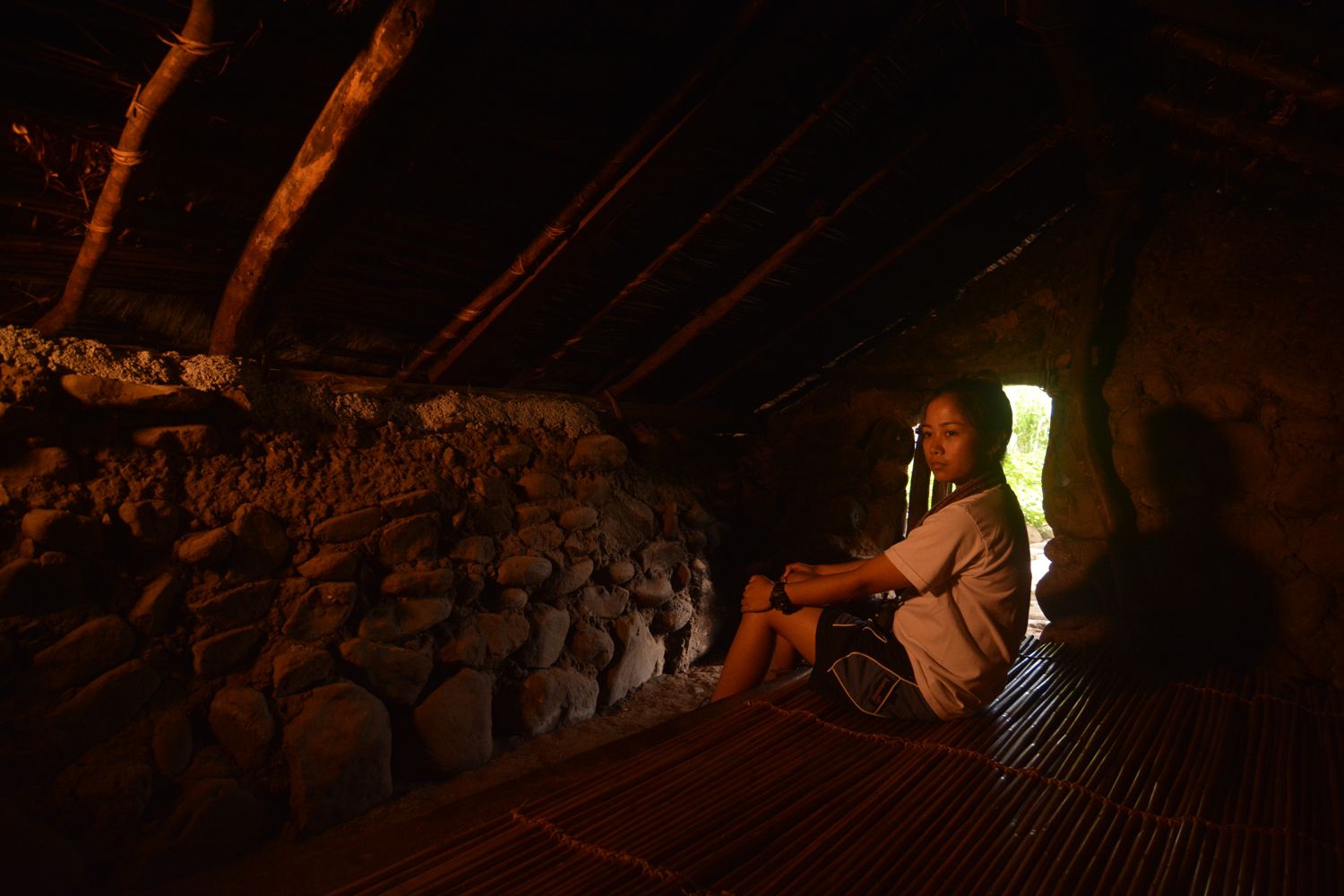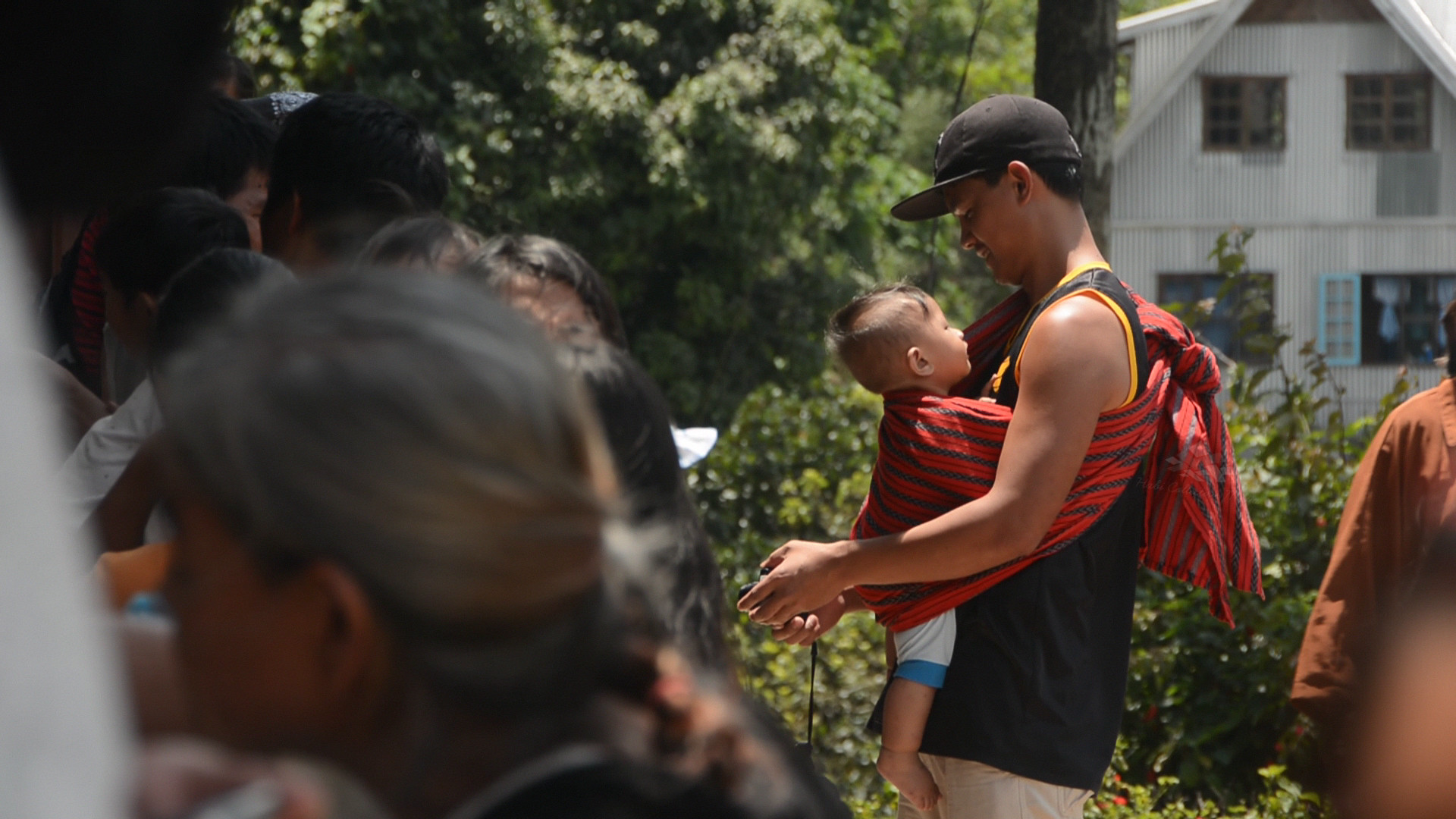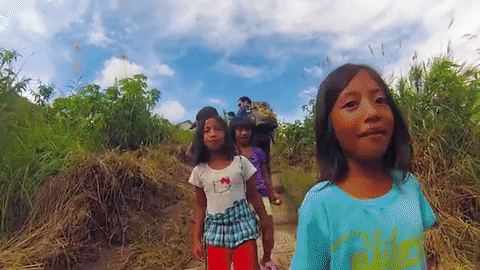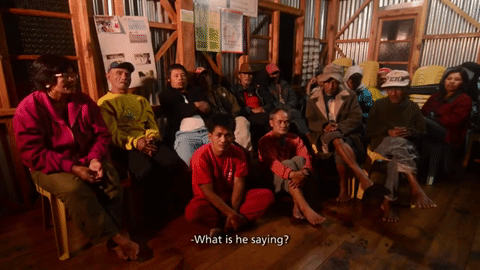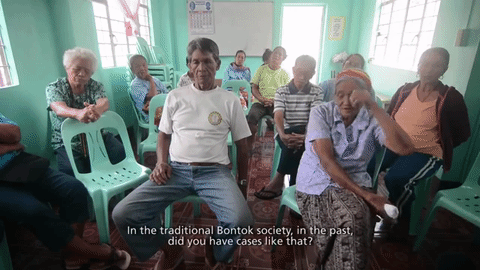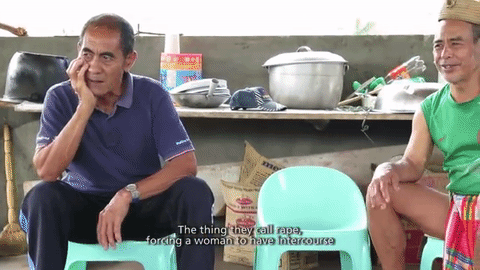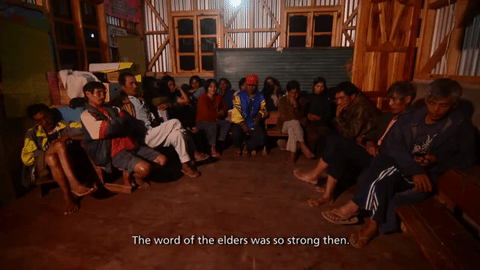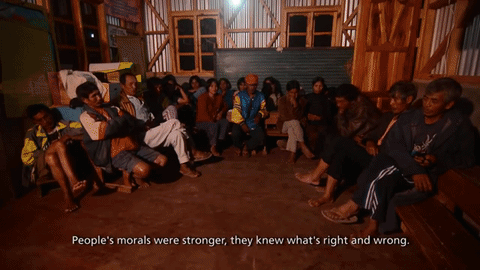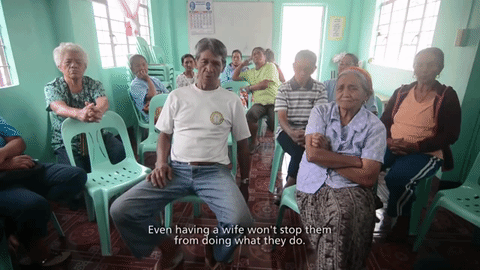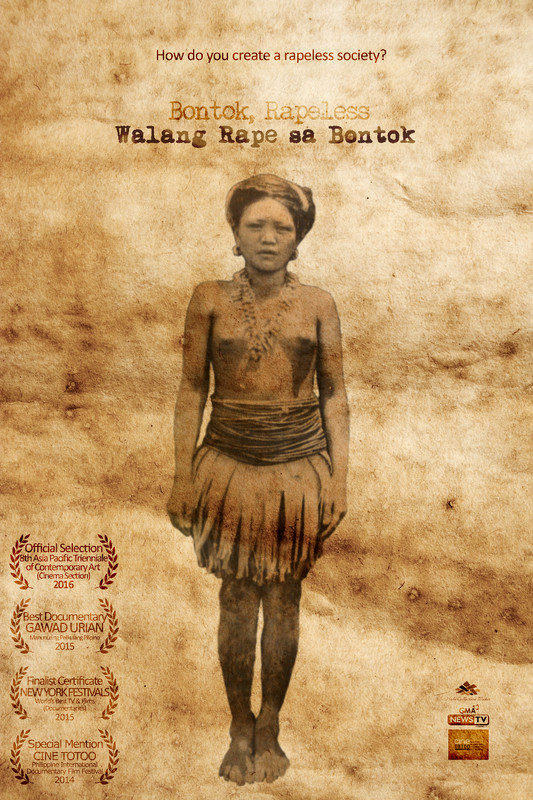This Community Doesn't Even Know What Rape Is
"Rape? What’s that?”
"Sa bundok ng buhay, patuloy ang paglalakbay...”
English Translation: "A mountain of life, an endless journey…"
(Play the video as you read through the article.)
A rare photograph of the ogfu (Bontok Igorot term for reciprocal work groups in the ili; contemporary Bontok Igorots refer to it as "bayanihan") believed to be taken circa 1930s. This photo shows the kind of relationship among young Bontok men and women in the old days. - Bontok, Rapeless
Where is Bontok Province?
"Bontoc" is derived from the term "bun," which is the equivalent of heap in English and "tuk," which means top. When combined, the two words mean “mountain,” or “Bontoc,” when translated on the tribe’s dialect.
They are the people who live in the mountainous areas of Benguet, Ifugao, Mounatin Province and Kalinga-Apayao.
Their population is distributed in 10 municipalities and 137 barrios.
Bontok of the Philippine Cordilleras lived without a term, concept or incidence of rape. Indeed a utopia, where the most heinous of gender crimes, RAPE is unheard of.
An excerpt from the paper "Gender Relations and Gender Issues on Resource Management in the Central Cordillera, Northern Philippines" by June Prill-Brett, Ph.D.
Image via Bontok. RapelessNO RAPE? As in seriously? Or is it...
It was said that the Bontok people has no notion nor perspective in romance. In winning a woman’s heart, men offer fire woods as a sign of their genuine love. They do not know how to hold hands, kiss and make public displays of affection. All of which we have known from the movies, here in the urban and other rural areas.
To put it simply, they just love each other genuinely. Men and women used to show their affection by helping one another in their problems. Women do need to wear a top or shirt on, and their breasts were not covered and everyone doesn’t feel any tinge of malice.
“Noon nga, walang suot na pang-itaas ang mga kababaihan, tapos walang nangyayaring rape kasi walang malisya eh… Bakit ngayon? Pag nagsuot ka ng shorts, it means that you are inviting rape?” (Before women do not need to wear tops, because there is no rape nor malice. Why now, if you wear shorts you are inviting rape?)
Bontok, Rapeless (A Documentary)
Two Filipinas, both victims of sexual abuse in varying degrees, yearn and search for a utopia where women can live without being sexually violated. By chance, they encounter a study by renowned anthropologist June Prill-Brett, Ph.D., which states that the Bontok of the Philippine Cordilleras has lived for eras without a term, nor concept, nor incidence, of rape. At last, a utopia, where the most heinous of gender crimes is unheard of. Or, is it?
The search centers on the municipality of Bontoc, the locus of Bontok culture. Alas, the move to completely revalidate Dr. Brett’s statement is a generation too late. Oral tradition is now seldom retold, and the last generation of Bontok Igorots who have lived in the traditional ato and olog are already in their twilight years. - Film Freeway
Here's a look at the rape statistics of the world
Rape is a particularly complex crime to analyze, because it is rarely reported by those who experienced it. Most women in some countries are much less likely to have their complaint filed, due to the extreme social stigma on women who have been raped, or subjected to violence and fear of being disowned by their families or their religion.
Rape and other sexual assaults statistics are commonly available in advanced countries, and are becoming more common. Large numbers of rapes go unreported throughout the world. Most developed countries like America, Canada, Sweden and United Kingdom are the most immersed in this crime according to statistics.
About 36% of women globally have experienced either physical or sexual intimate violence. In U.S. 83% of girls aged 12 to 16 have experienced some form of sexual harassment in public schools. In England, 1 out of 5 women (aged 16 to 59) experience some form of sexual violence. - Wonderslist
Like what you just read? Get more stories like this and updates from our crazy and awesome writers by following SAYS Philippines on Facebook and Twitter
